Home>Home Appliances>Cleaning Appliances>How To Get Rid Of Mop Smell
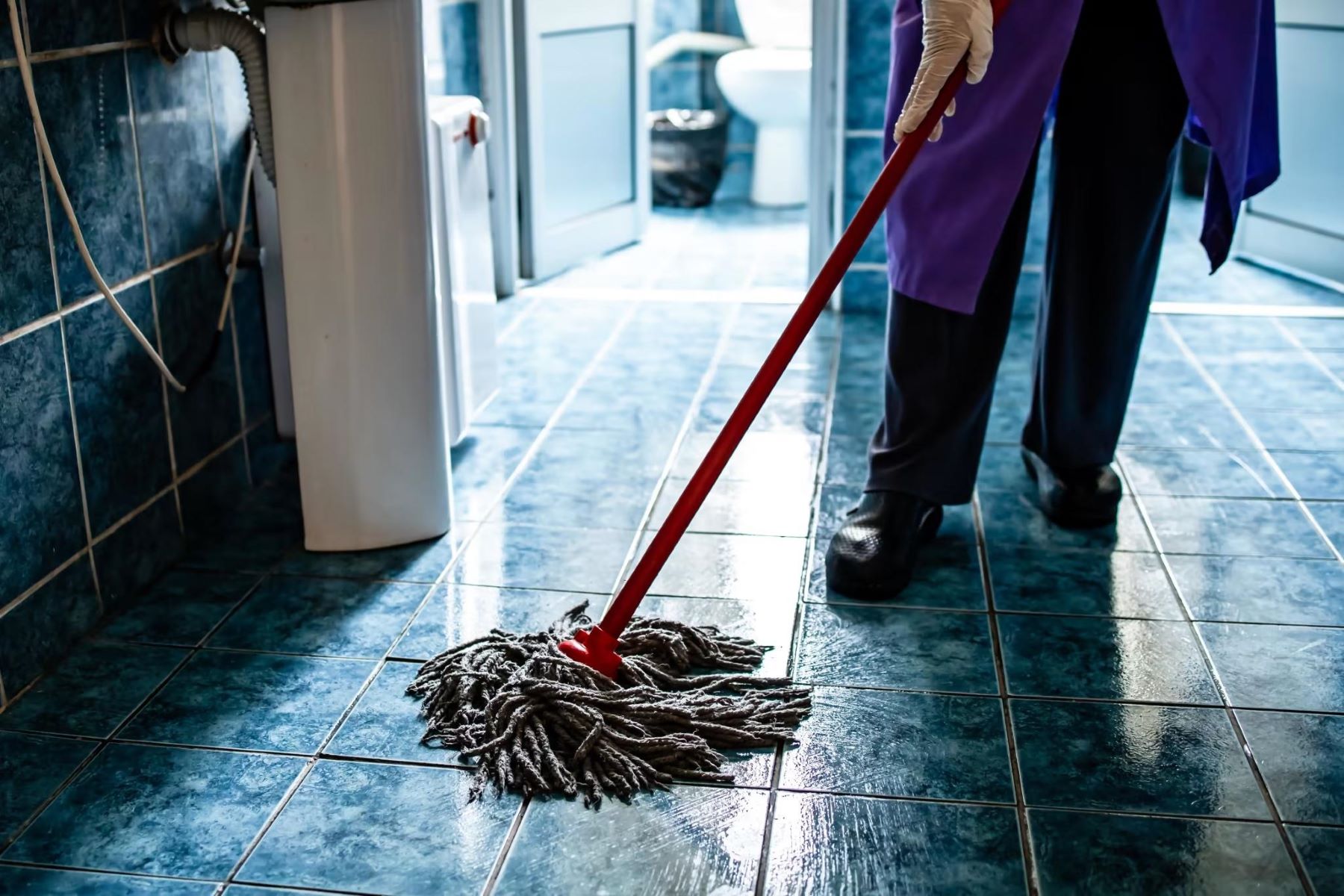

Cleaning Appliances
How To Get Rid Of Mop Smell
Modified: January 24, 2024
Learn how to eliminate mop smell from your cleaning appliances with these effective tips and tricks. Say goodbye to unpleasant odors for good!
(Many of the links in this article redirect to a specific reviewed product. Your purchase of these products through affiliate links helps to generate commission for Storables.com, at no extra cost. Learn more)
Introduction
Cleaning the floors of our homes is an essential chore, and a trusty mop is often our go-to tool for this task. However, over time, mops can develop a less-than-pleasant odor that can make cleaning a less enjoyable experience. The presence of a foul smell not only affects the cleanliness of our floors but can also permeate the air, causing discomfort and embarrassment. In this article, we will delve into the causes of mop smell, provide valuable tips for preventing it, and offer effective solutions to banish the unpleasant odor for good.
A fresh, clean home starts from the ground up, and ensuring that our mops are free from unpleasant odors is crucial to maintaining a hygienic living environment. Let's explore the reasons behind the development of mop smell and discover practical strategies to eliminate it, allowing us to enjoy the process of cleaning our floors once again.
Key Takeaways:
- Keep your mop fresh by regularly rinsing, washing, and properly storing it to prevent odor-causing bacteria and mold from accumulating. Replace worn mop heads to maintain cleanliness and effectiveness.
- Combat existing mop smell with natural solutions like baking soda, white vinegar, lemon juice, or steam cleaning. Commercial odor eliminators can also effectively neutralize persistent odors.
Read more: How To Get Rid Of Chimney Smell
Understanding the Cause of Mop Smell
The development of an unpleasant odor in mops can be attributed to a variety of factors, all of which contribute to the accumulation of bacteria and mold. Understanding these causes is essential in effectively addressing and preventing the issue.
1. Residue Buildup: Mops that are not thoroughly rinsed and dried after each use can accumulate residue from cleaning solutions and dirty water. This residue provides an ideal breeding ground for bacteria and mold, leading to the development of a foul smell.
2. Absorbent Material: Mops, especially those with microfiber or cotton heads, are designed to absorb liquids and dirt. While this is beneficial for cleaning, it also means that moisture and organic matter can become trapped within the fibers, promoting bacterial growth and causing an unpleasant odor over time.
3. Improper Storage: Storing a damp or wet mop in a confined space, such as a bucket or a poorly ventilated closet, can lead to the growth of mildew and mold. These microorganisms thrive in moist environments, further exacerbating the issue of mop smell.
4. Infrequent Cleaning: Mops that are not cleaned regularly, or that are used to clean large areas without being rinsed and wrung out, can harbor a significant amount of dirt, grime, and organic matter. This accumulation can result in a persistent unpleasant odor.
5. Environmental Factors: The humidity and temperature of the cleaning environment can impact the rate at which bacteria and mold grow on a mop. In warm, humid conditions, such as those found in many bathrooms and kitchens, microorganisms can proliferate rapidly, leading to a noticeable smell.
By recognizing these underlying causes, we can take proactive measures to prevent the development of mop smell and ensure that our cleaning tools remain fresh and effective. In the following sections, we will explore practical tips for preventing mop smell and effective methods for eliminating existing odors, allowing us to maintain a clean and inviting living space.
Tips for Preventing Mop Smell
Preventing the development of an unpleasant odor in your mop is a proactive approach that can significantly contribute to maintaining a clean and hygienic living environment. By implementing the following tips, you can minimize the accumulation of bacteria and mold, effectively preventing the onset of mop smell.
- Thorough Cleaning: After each use, thoroughly rinse the mop head with hot water to remove any residual cleaning solutions and dirt. Follow this by wringing out the excess water and allowing the mop to air dry completely. This practice prevents the buildup of organic matter and minimizes the risk of bacterial growth.
- Regular Washing: Depending on the frequency of use, machine-wash or hand-wash the mop head with a mild detergent and hot water. Ensure that the mop head is completely dry before storing it to prevent mold and mildew growth. Regular washing helps to eliminate accumulated dirt and bacteria, keeping the mop fresh and odor-free.
- Proper Storage: After use and thorough drying, store the mop in a well-ventilated area to prevent the retention of moisture. Hanging the mop or storing it with the head extended can facilitate air circulation, reducing the risk of mold and mildew formation.
- Use of Disinfectants: Periodically soak the mop head in a solution of water and disinfectant, such as white vinegar or a commercial disinfectant cleaner, to kill bacteria and remove odors. Follow this with a thorough rinse and drying to ensure the removal of any residual disinfectant.
- Replace Mop Heads Regularly: Over time, mop heads can become worn and less effective at trapping dirt and moisture, increasing the likelihood of odor development. Regularly replace mop heads according to the manufacturer’s recommendations or when they show signs of wear and persistent odor retention.
By incorporating these preventive measures into your cleaning routine, you can maintain a fresh and odor-free mop, enhancing the overall cleanliness of your home. In the next section, we will explore effective methods for eliminating existing mop smell, providing you with practical solutions to restore your mop’s freshness and effectiveness.
To get rid of mop smell, soak the mop head in a mixture of hot water and white vinegar for 15-30 minutes, then rinse thoroughly and allow it to air dry. This will help eliminate any lingering odors.
Ways to Get Rid of Mop Smell
Despite our best efforts to prevent it, mop smell can occasionally develop over time. When faced with this issue, it is essential to address the odor promptly and effectively to restore the cleanliness and freshness of your mop. The following methods offer practical solutions for eliminating existing mop smell, allowing you to enjoy a hygienic and pleasant cleaning experience.
- Baking Soda Soak: Prepare a solution of warm water and baking soda and soak the mop head for several hours. Baking soda is renowned for its odor-absorbing properties and can help neutralize unpleasant smells trapped in the mop fibers. After soaking, thoroughly rinse and air dry the mop.
- White Vinegar Rinse: Submerge the mop head in a mixture of water and white vinegar, allowing it to soak for a few hours. Vinegar is a natural disinfectant and deodorizer, effectively combating bacteria and eliminating odors. After the vinegar rinse, thoroughly rinse the mop and ensure complete drying.
- Lemon Juice Treatment: Create a solution of water and fresh lemon juice and soak the mop head for several hours. Lemon juice possesses natural antibacterial properties and leaves a refreshing citrus scent, effectively combating odor-causing bacteria. After the treatment, rinse the mop thoroughly and allow it to dry completely.
- Steam Cleaning: If your mop is suitable for steam cleaning, utilize this method to effectively sanitize and deodorize the mop head. Steam not only kills bacteria and mold but also helps to remove trapped odors, leaving the mop fresh and ready for use.
- Commercial Odor Eliminators: Explore the availability of commercial odor-eliminating products specifically designed for mops and cleaning tools. These products often contain powerful deodorizing agents that can effectively neutralize persistent odors, restoring the freshness of your mop.
By implementing these methods, you can effectively combat existing mop smell and restore your cleaning tool to its optimal condition. Regular maintenance and proactive odor-elimination practices can contribute to a consistently fresh and effective mop, ensuring that your floors remain clean and inviting.
Understanding the causes of mop smell, implementing preventive measures, and utilizing effective odor-elimination methods are essential steps in maintaining a hygienic and pleasant cleaning experience. By incorporating these strategies into your cleaning routine, you can enjoy the benefits of a fresh and odor-free mop, contributing to the overall cleanliness and comfort of your home.
Conclusion
Maintaining a fresh and odor-free mop is a crucial aspect of preserving the cleanliness and hygienic standards of our living spaces. By understanding the causes of mop smell, implementing preventive measures, and utilizing effective odor-elimination methods, we can ensure that our cleaning tools remain effective and pleasant to use.
Regularly cleaning and thoroughly drying the mop, along with proper storage, are fundamental practices that can significantly reduce the risk of odor development. Additionally, the use of disinfectants and the timely replacement of mop heads contribute to the overall freshness and effectiveness of the cleaning tool.
When faced with existing mop smell, methods such as baking soda soaks, white vinegar rinses, lemon juice treatments, steam cleaning, and commercial odor eliminators offer practical solutions for combating persistent odors. These methods not only eliminate unpleasant smells but also contribute to the overall cleanliness and freshness of the mop.
By incorporating these strategies into our cleaning routines, we can enjoy the benefits of a consistently fresh and effective mop, contributing to a clean and inviting home environment. Embracing proactive measures to prevent and eliminate mop smell enhances the overall cleanliness and comfort of our living spaces, allowing us to approach the chore of floor cleaning with confidence and satisfaction.
With a fresh and odor-free mop at our disposal, we can take pride in maintaining a clean and hygienic home, ensuring that our floors remain inviting and free from unpleasant odors. By prioritizing the care and maintenance of our cleaning tools, we contribute to a welcoming and healthy living environment for ourselves and our loved ones.
Frequently Asked Questions about How To Get Rid Of Mop Smell
Was this page helpful?
At Storables.com, we guarantee accurate and reliable information. Our content, validated by Expert Board Contributors, is crafted following stringent Editorial Policies. We're committed to providing you with well-researched, expert-backed insights for all your informational needs.
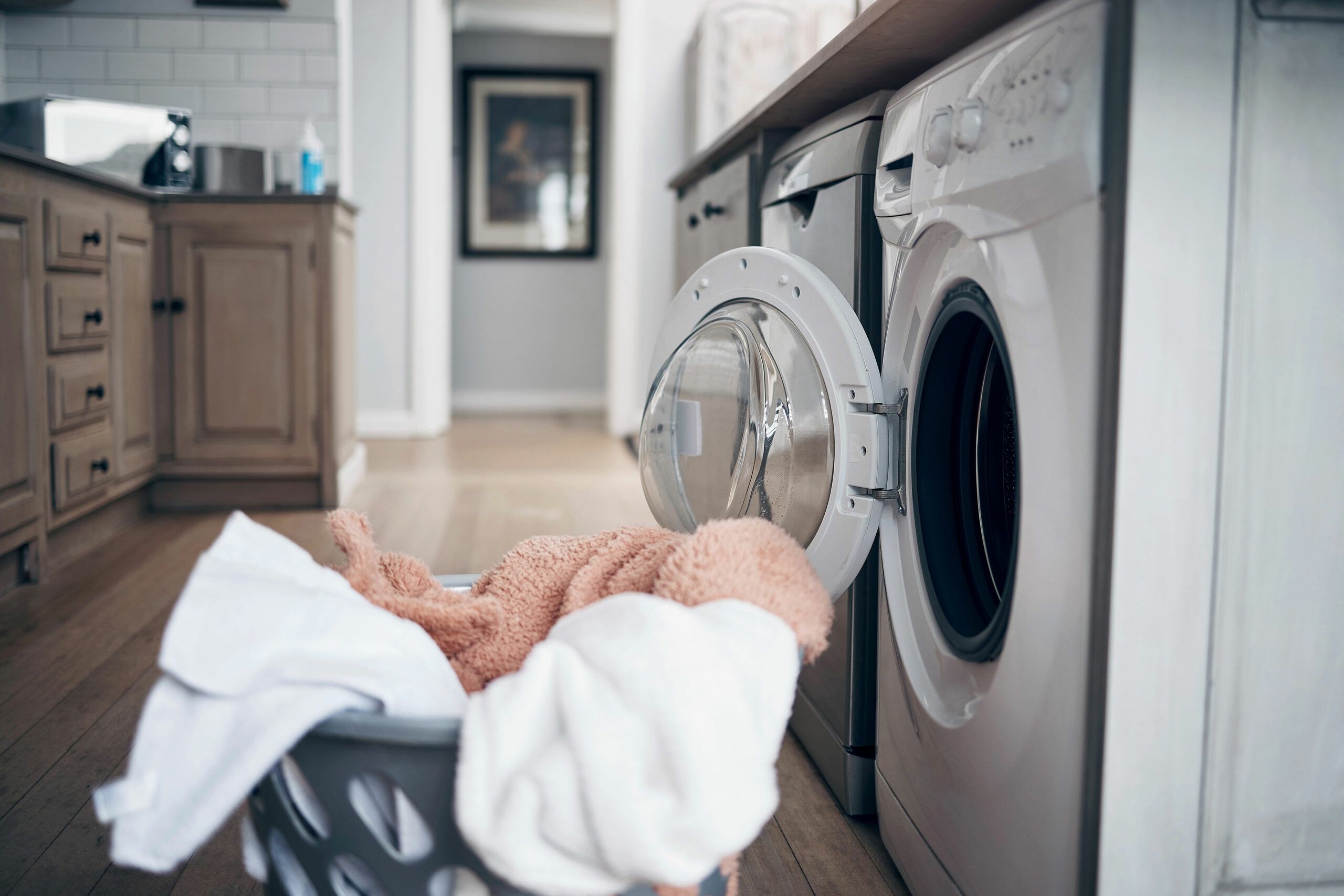



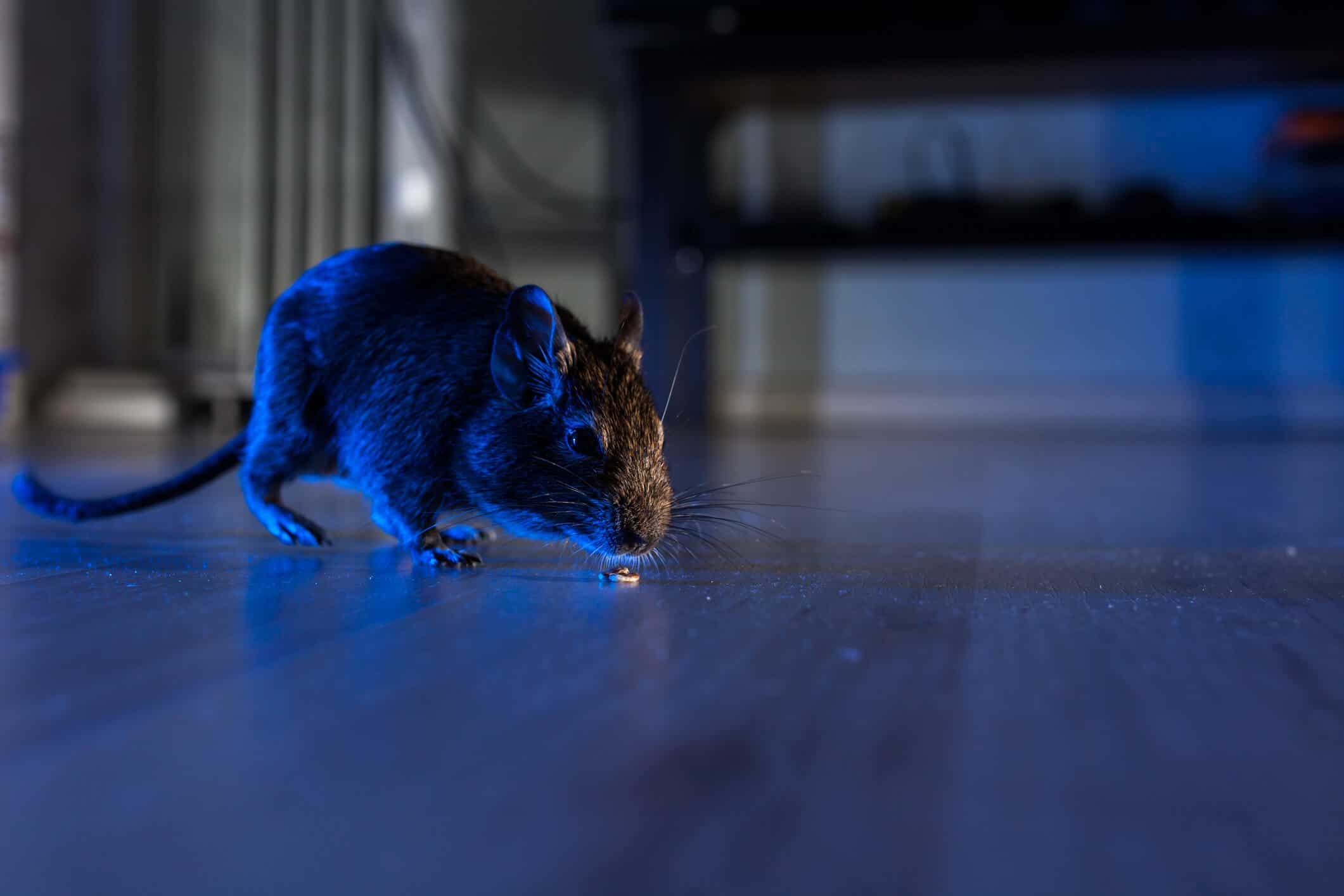
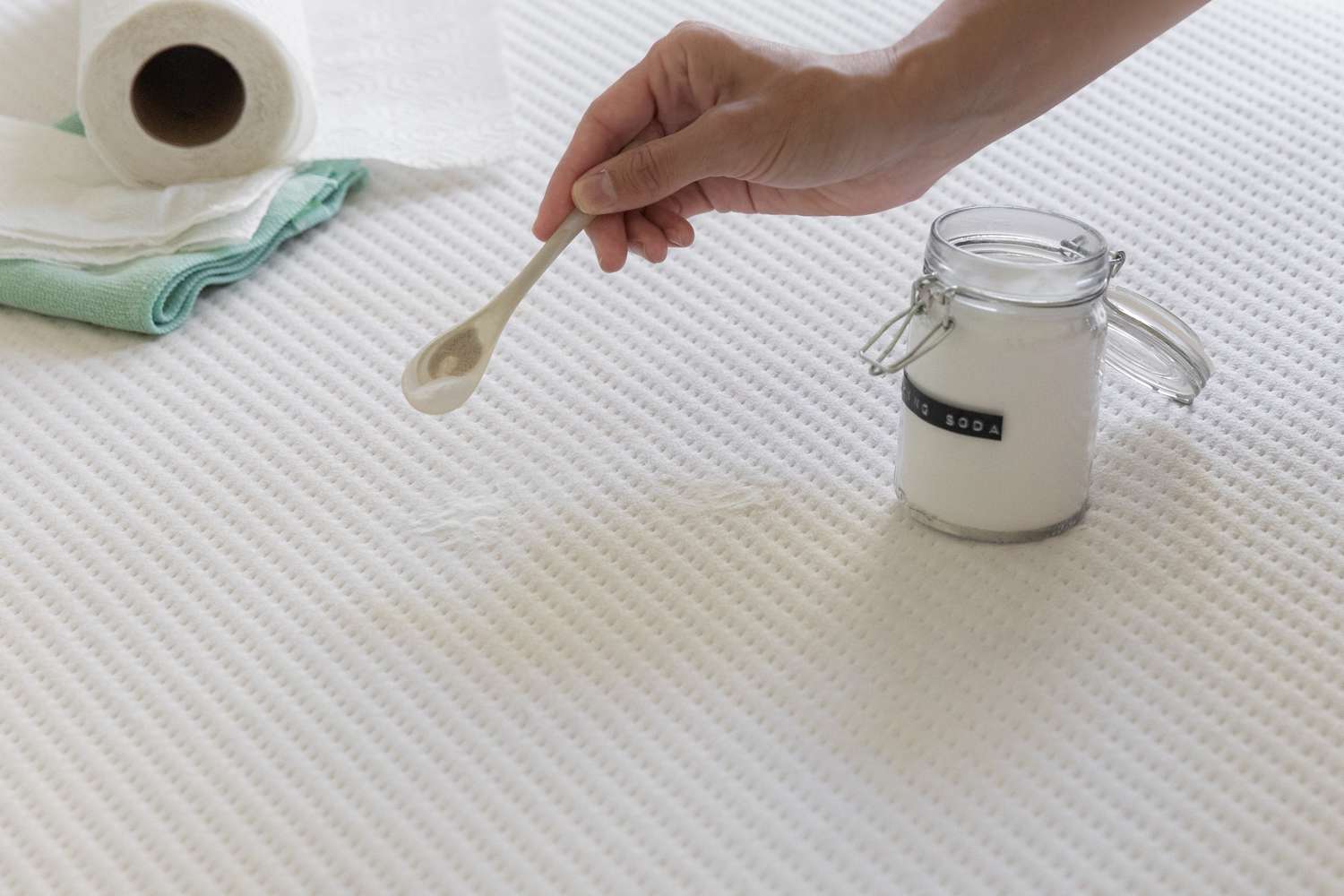
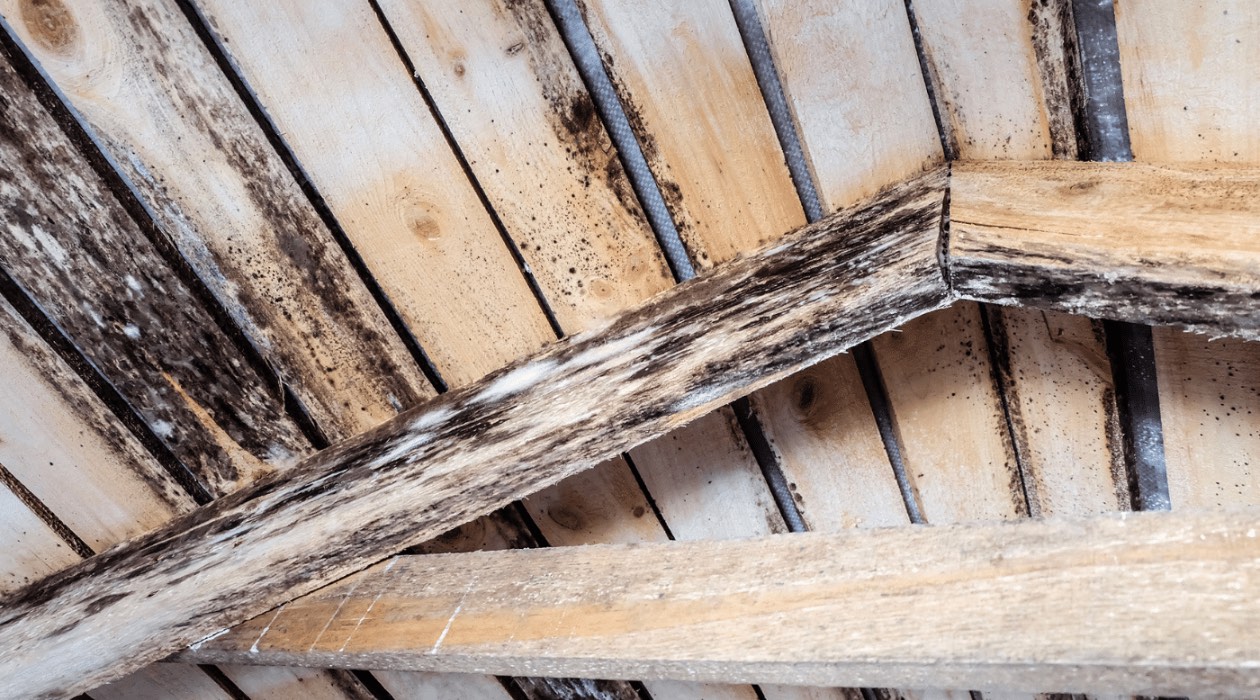
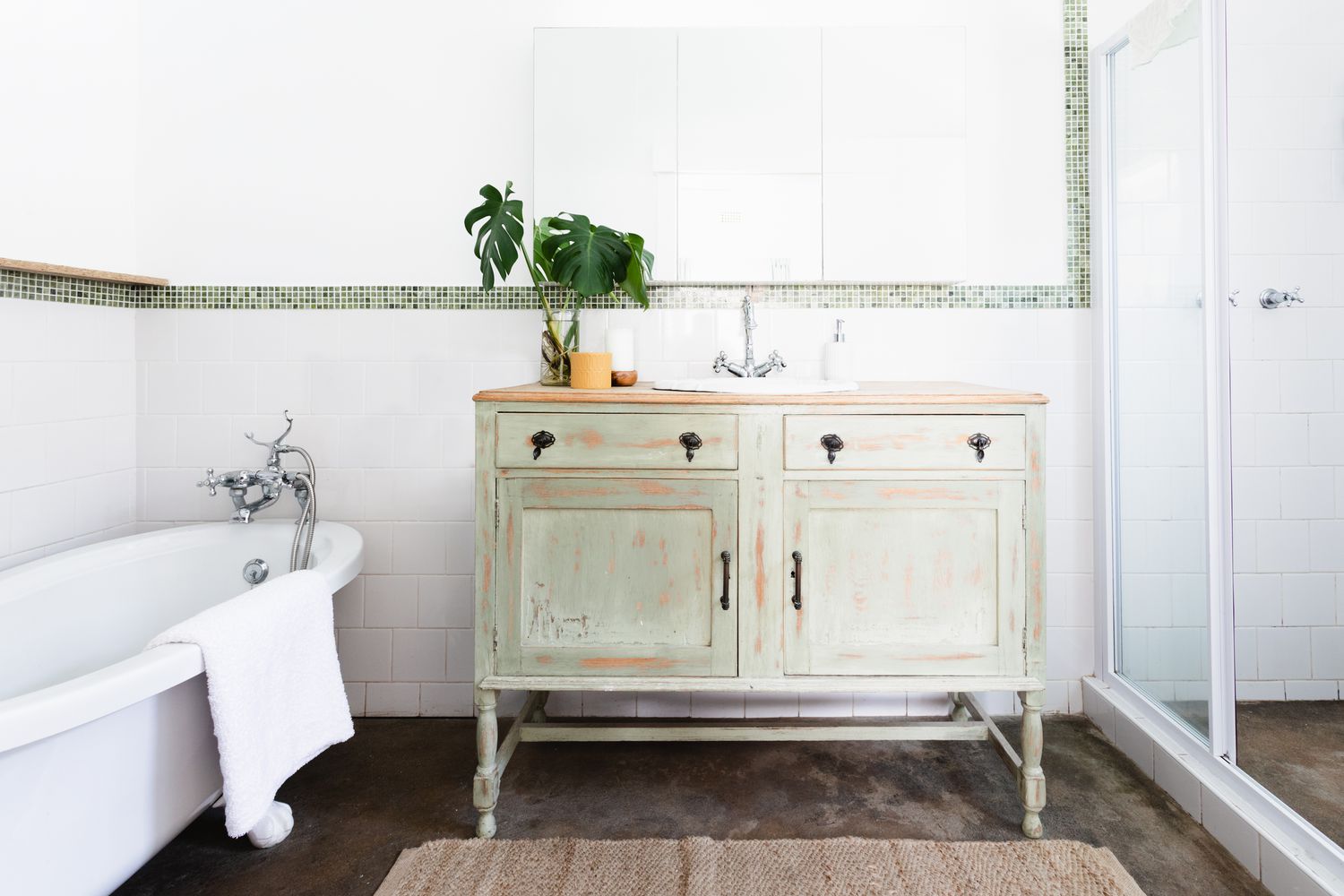

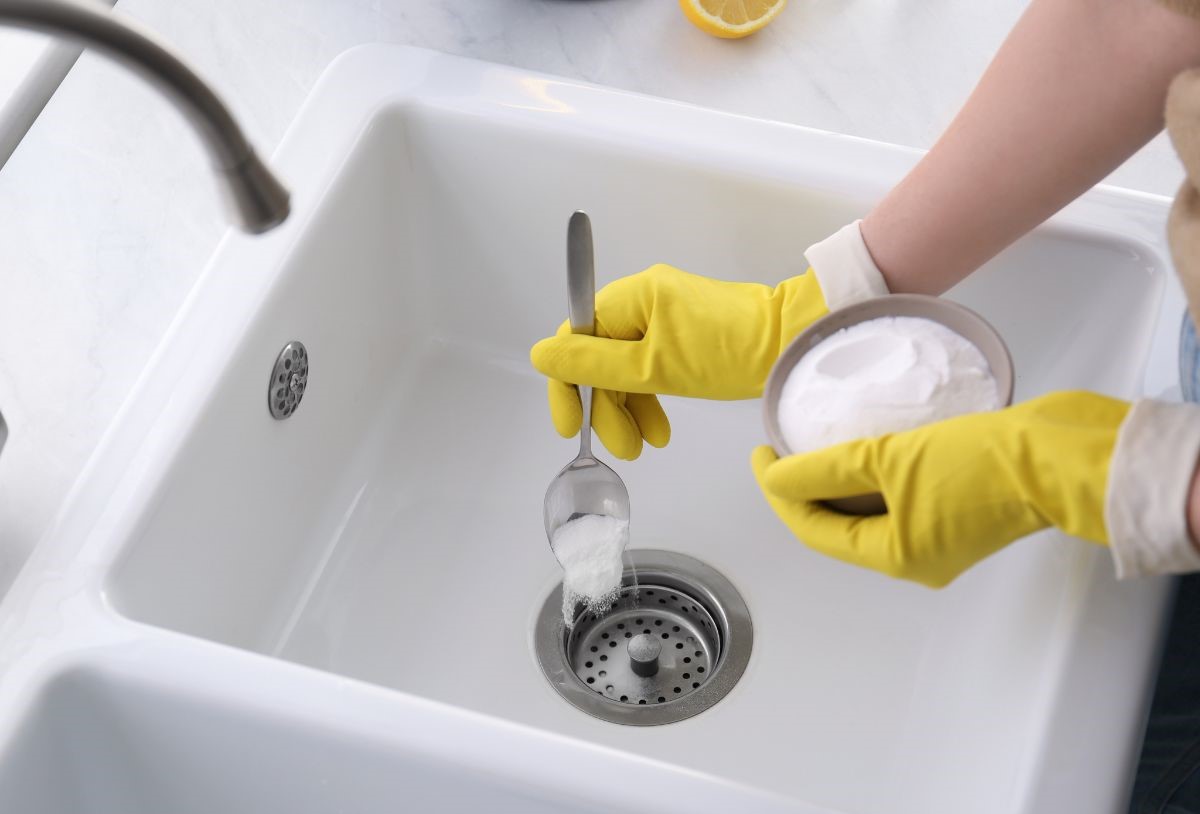
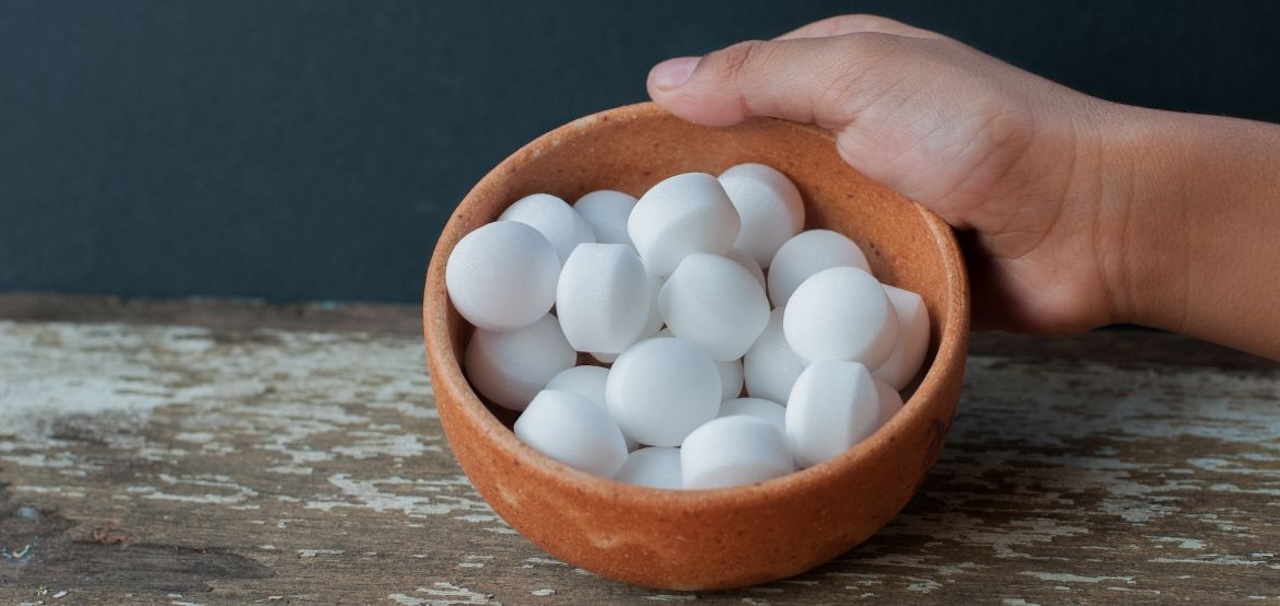
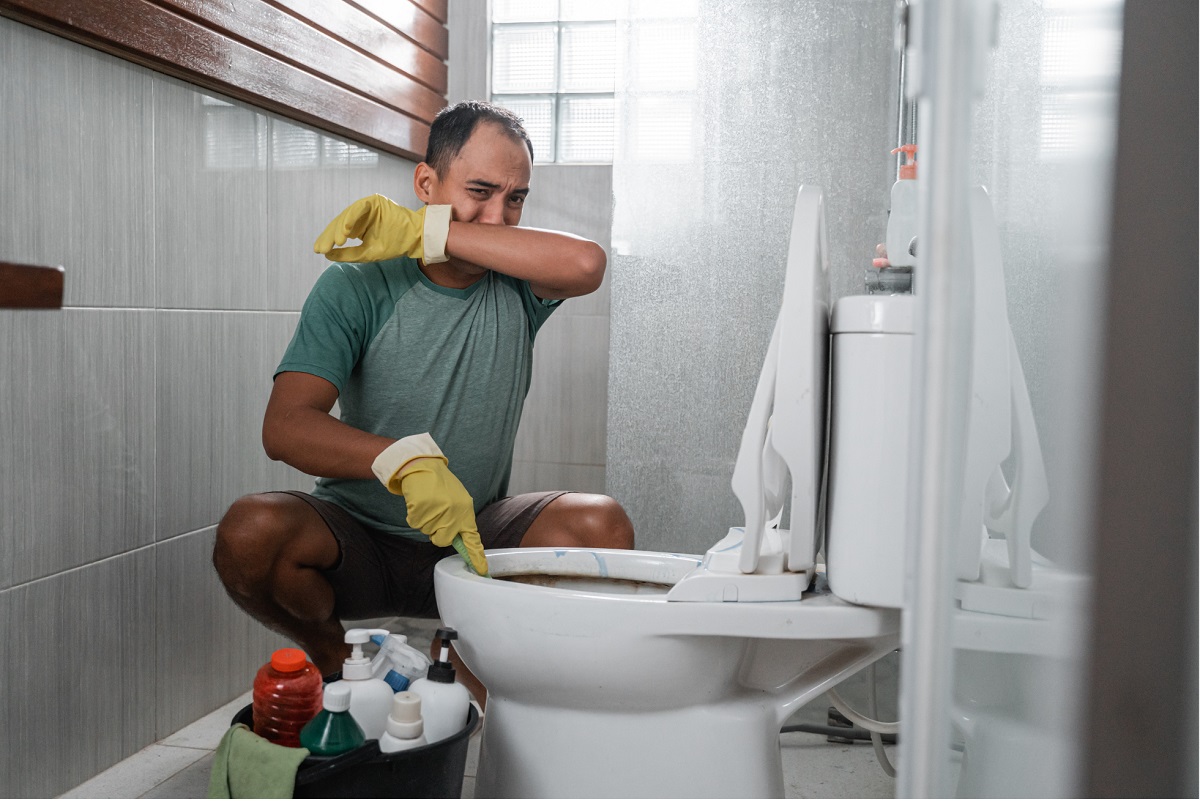

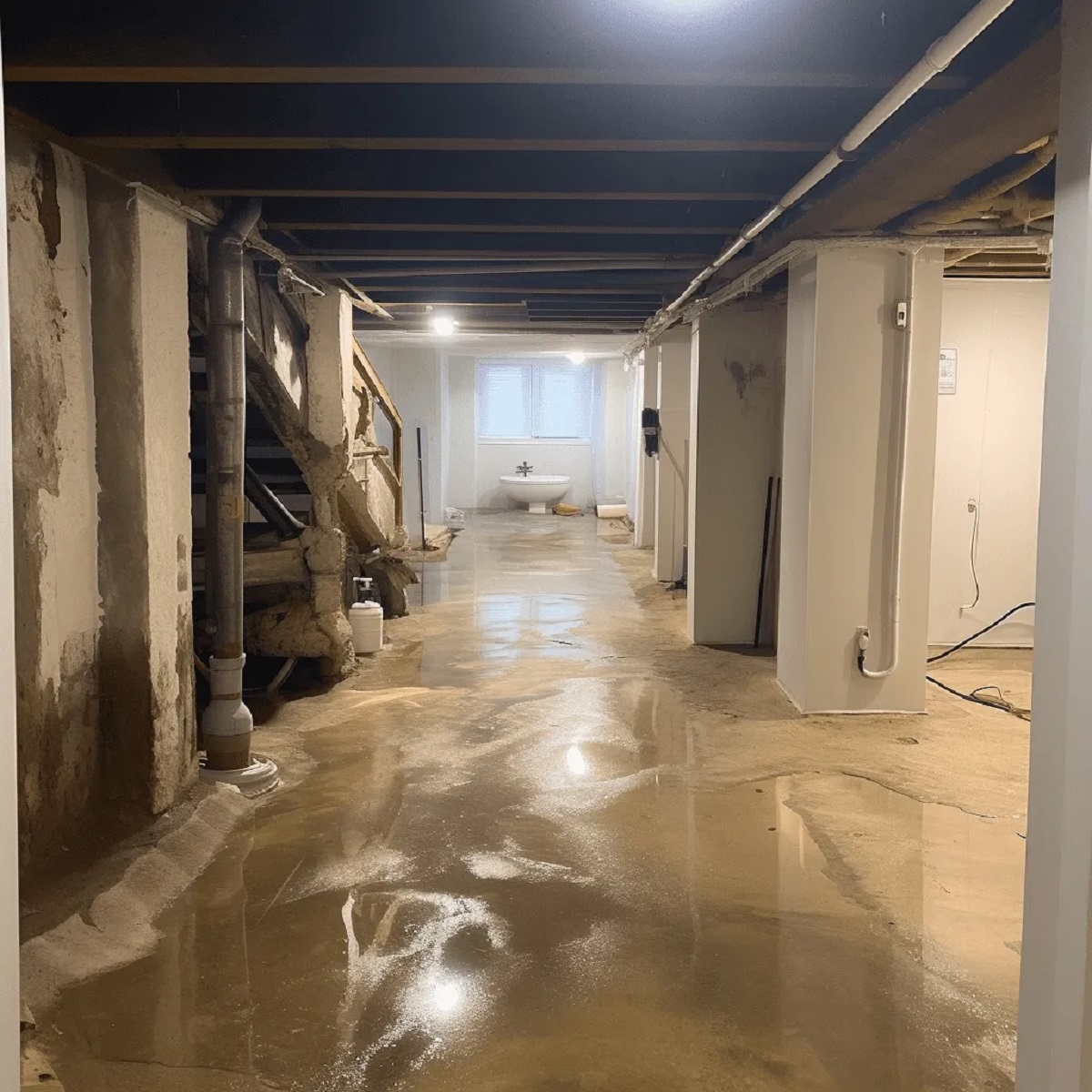
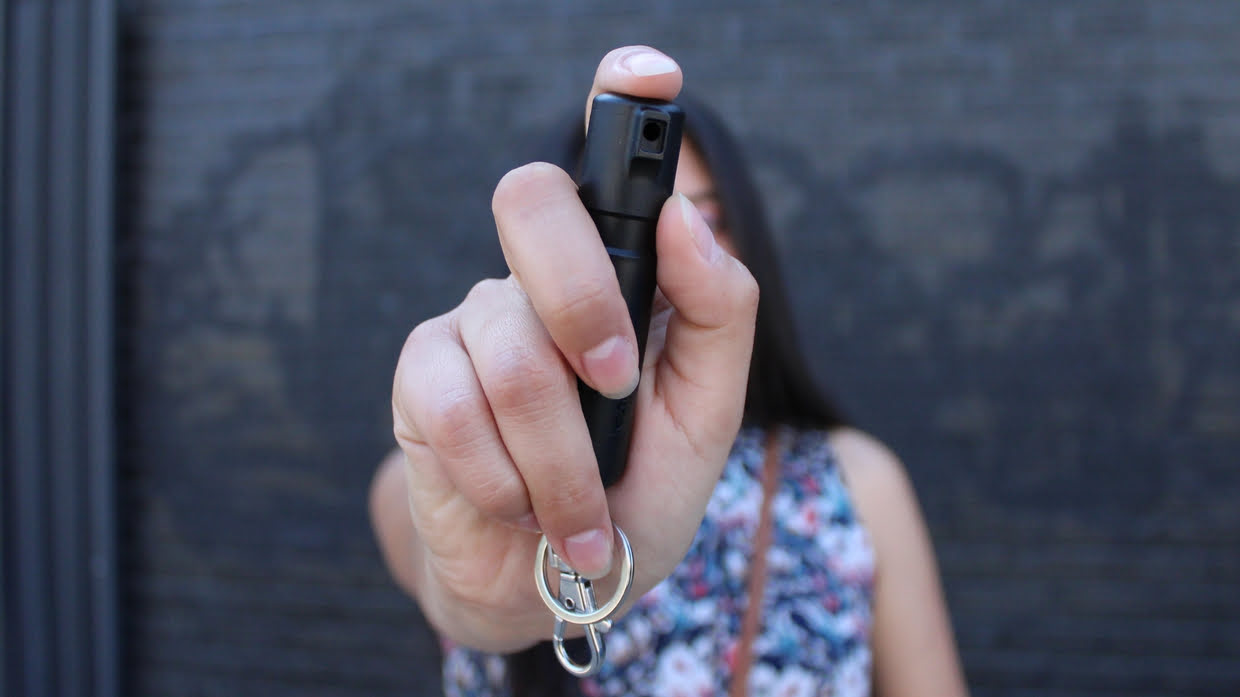

0 thoughts on “How To Get Rid Of Mop Smell”